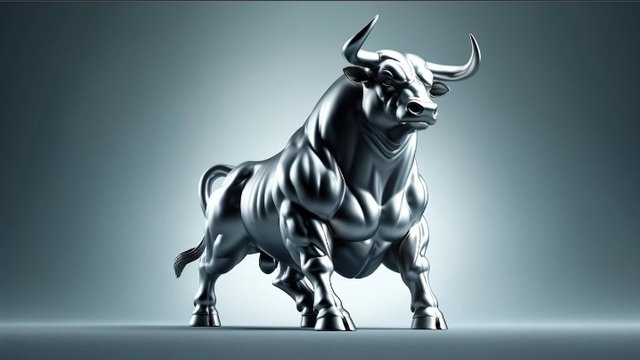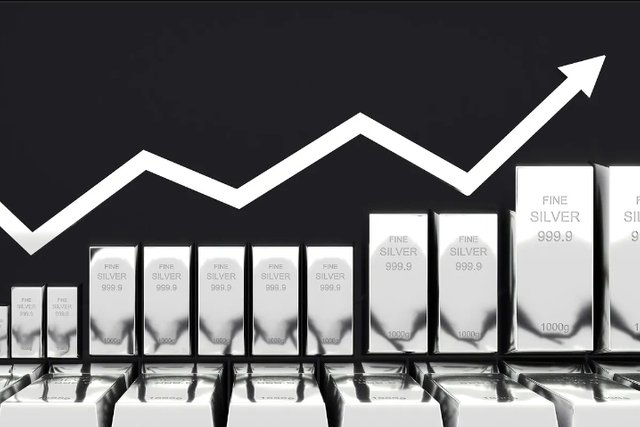Silver’s Structural Deficit and the Trump Effect on Demand

SOURCE
The silver market has been experiencing a significant structural deficit for the last four years, with annual demand consistently exceeding supply. This persistent imbalance has required reliance on above-ground stockpiles, raising concerns about the sustainability of current reserves. Now, with Donald Trump sworn in as the 47th President of the United States and vowing to "Make America Great Again," the demand for industrial silver could intensify, further pressuring silver prices.
The structural deficit is primarily driven by growing industrial demand, particularly in renewable energy technologies like solar panels and advances in electronics. These uses are pivotal in a world increasingly focused on energy efficiency and sustainability. However, global silver mining output has been unable to meet this rising demand. In 2023, production fell by 2% year-on-year to 820 million ounces, with major producers like Mexico, Peru, and Argentina reporting declines. Both primary silver mining and secondary production (where silver is a by-product of mining other metals) are struggling to keep pace.
Donald Trump’s return to office introduces a new dynamic to this already tight market. His administration’s focus on bolstering American industries and infrastructure, including expanding domestic manufacturing and energy production, is likely to increase the demand for industrial silver. From solar panels to electronics and medical devices, silver plays a critical role in technologies essential to modern industrial expansion. As these sectors grow under Trump's policies, the shortfall in silver supply could become even more pronounced, leading to upward price pressures.
The Silver Institute describes the current situation as a “structural deficit,” a prolonged imbalance caused by fundamental shifts in demand and a constrained supply chain. Recycling efforts and mine production have not scaled to meet these needs, and with demand set to rise under Trump’s pro-industrial agenda, the deficit could deepen.

SOURCE
For investors, this presents both a challenge and an opportunity. A persistent deficit often leads to rising prices, making silver an attractive asset for those looking to hedge against inflation or diversify portfolios. Moreover, silver’s dual role as an industrial metal and a store of value uniquely positions it as a crucial part of any investment strategy.
As the Trump administration’s policies take shape, the silver market will be closely watched. The combination of structural supply constraints and growing demand could set the stage for significant price movements, reinforcing silver’s status as one of the most dynamic players in the precious metals sector. Investors would do well to monitor these trends and consider the long-term implications of silver’s evolving market dynamics.
